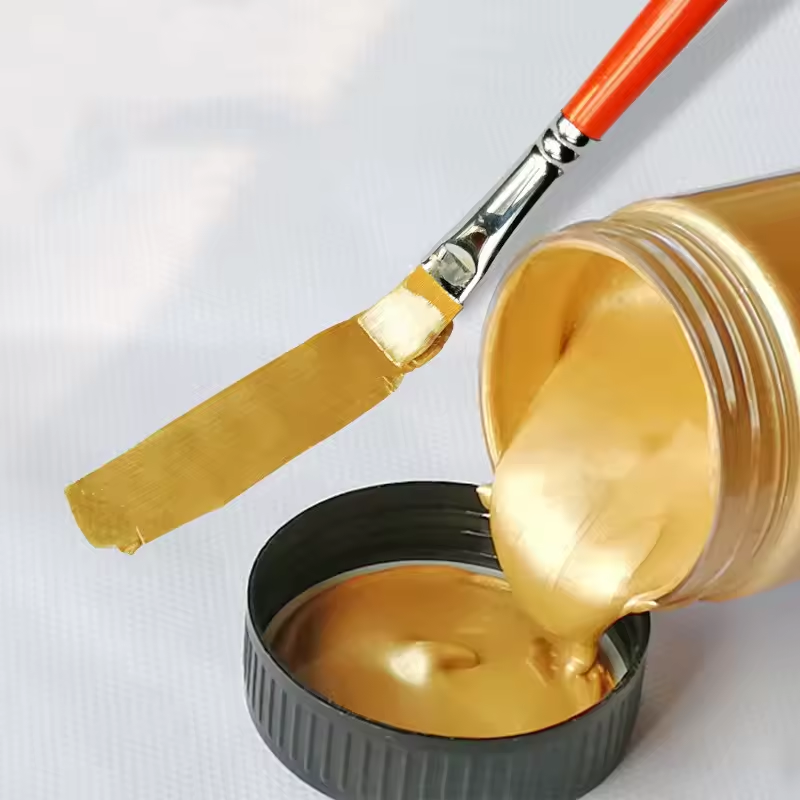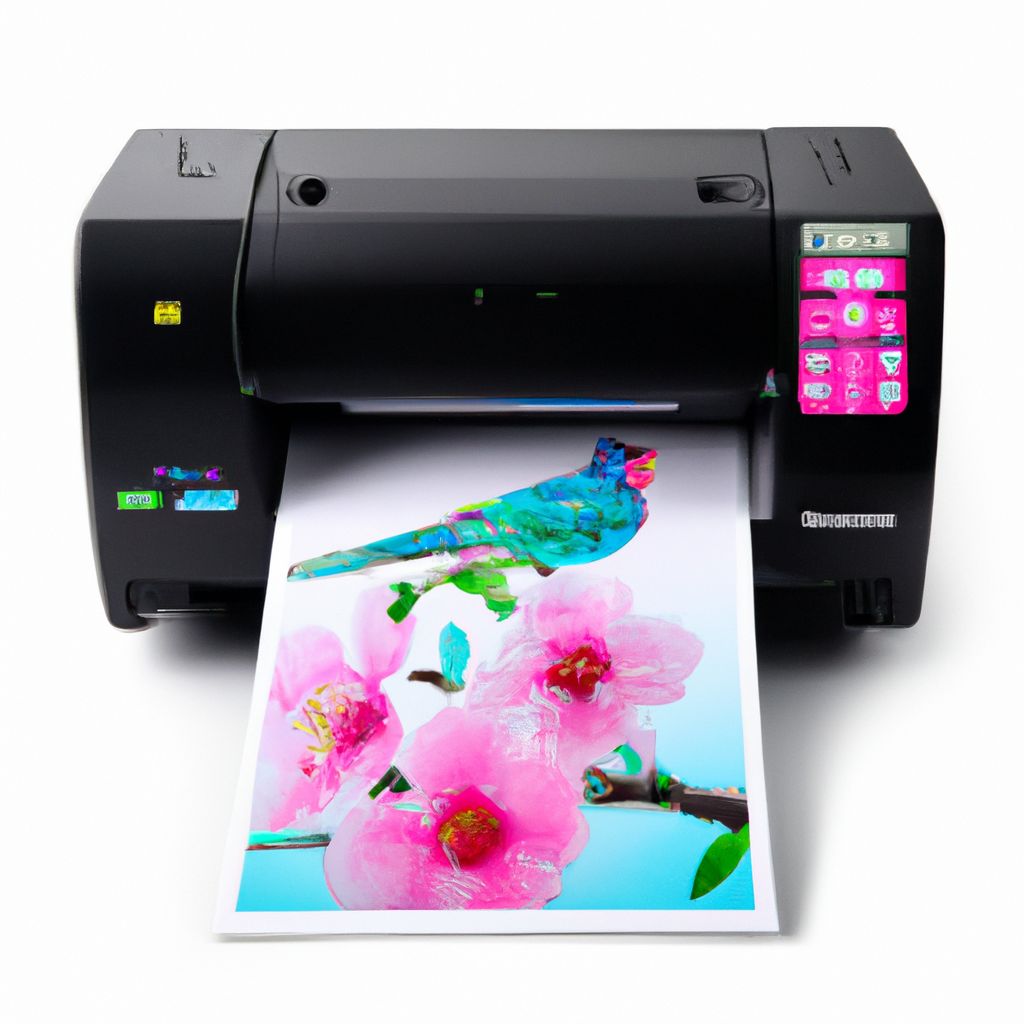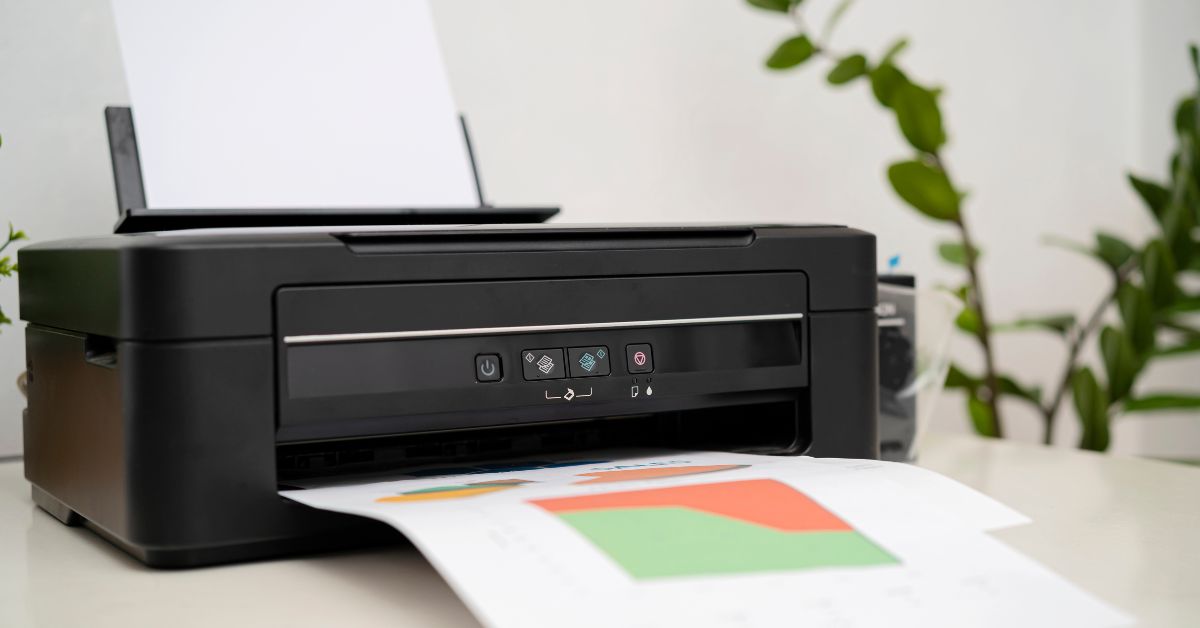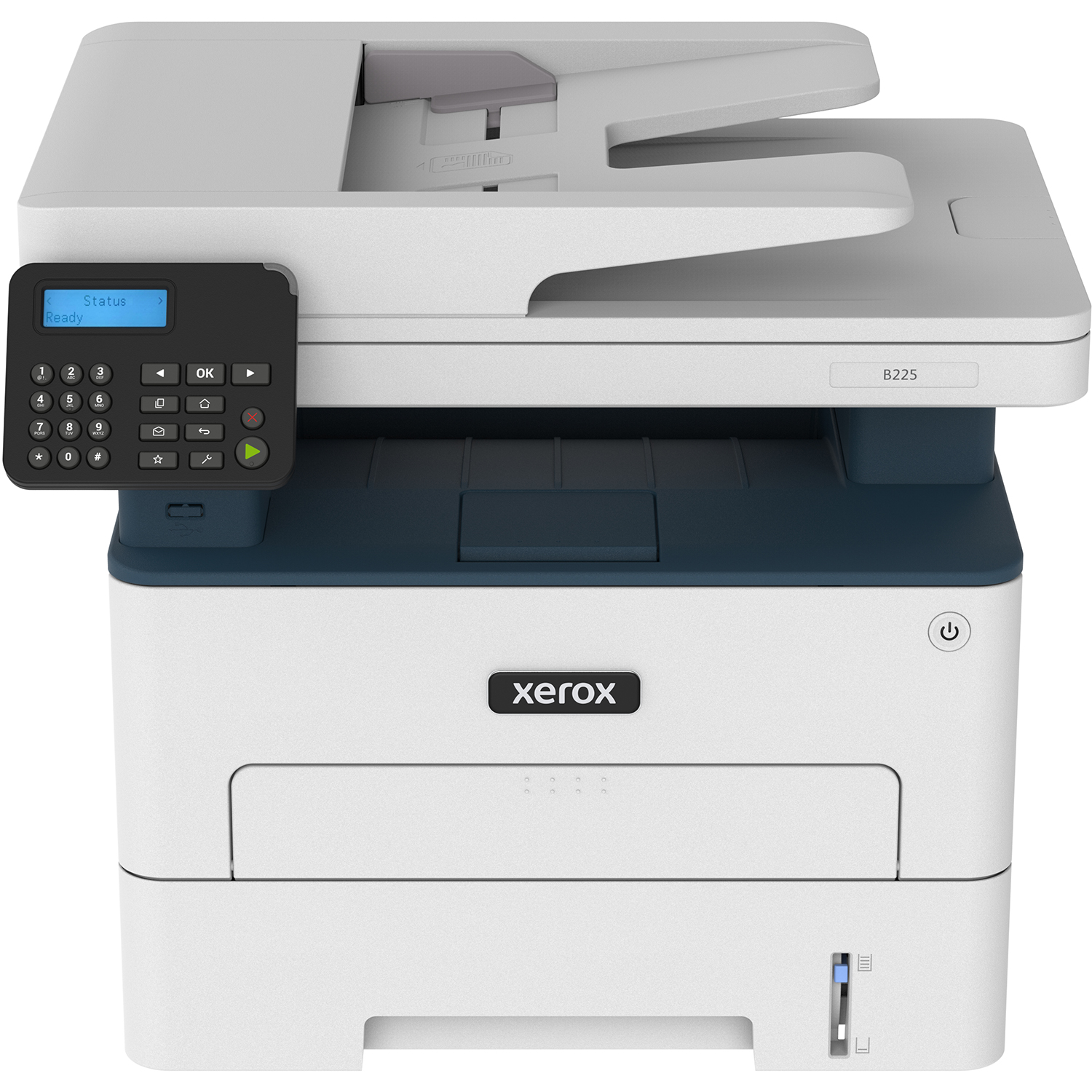If your printer keeps printing blank pages, it can be frustrating and inconvenient. There are several possible reasons for this issue, and troubleshooting steps can help identify and resolve the problem. Below are detailed instructions on how to troubleshoot and fix a printer that keeps printing blank pages.
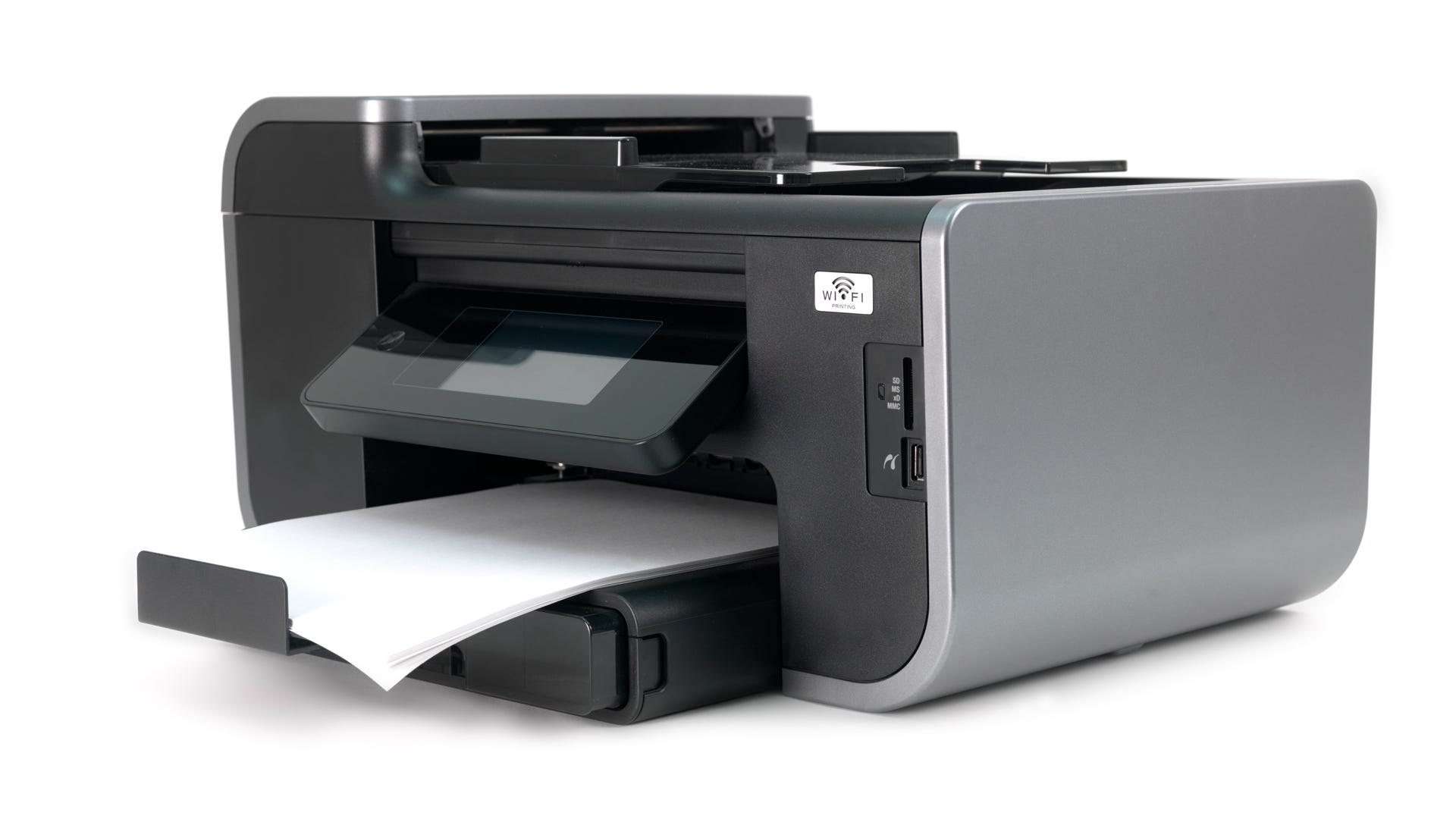
1. Check Ink or Toner Levels:
- If your printer uses ink cartridges, check the ink levels. Low ink levels or empty cartridges can cause blank pages.
- For laser printers, check the toner levels. Replace the toner cartridge if it’s low or empty.
2. Perform Printer Self-Test:
- Many printers have a self-test or diagnostic page feature. Consult your printer’s manual to find out how to print a self-test page.
- If the self-test page prints correctly, the issue may be with the connection between the printer and the computer or the print job itself.
3. Verify Printer Settings:
- Check the printer settings on your computer to ensure they are configured correctly.
- Make sure the correct printer is selected and that the settings match the paper size and type you are using.
- Ensure that the print quality settings are not set too low, as this can result in faint or blank pages.
4. Clean Printer Heads (Inkjet Printers):
- If you have an inkjet printer, the printer heads may be clogged with dried ink.
- Refer to your printer’s manual for instructions on how to clean the printer maintenance. This may involve running a cleaning cycle or manually cleaning the heads with a lint-free cloth and distilled water.

5. Check for Paper Jams:
- Paper jams can also cause blank pages. Open the printer cover and carefully check for any stuck paper or debris.
- Remove any paper jams following the printer manufacturer’s instructions.
6. Update or Reinstall Printer Drivers:
- Outdated or corrupted printer drivers can cause printing problems, including blank pages.
- Visit the printer manufacturer’s website to download and install the latest drivers for your printer model.
- Alternatively, uninstall the printer drivers from your computer and reinstall them.
7. Reset Printer:
- Try resetting the printer to its default settings. Refer to your printer’s manual for instructions on how to perform a reset.
- After resetting the printer, try printing a test page to see if the issue persists.
8. Check for Firmware Updates:
- Some printers may require firmware updates to address certain issues.
- Check the printer manufacturer’s website for any available firmware updates for your mini printer model.
- Follow the instructions provided to download and install the firmware update.
9. Contact Manufacturer Support:
- If you have tried all the troubleshooting steps and the printer still prints blank pages, contact the manufacturer’s customer support for further assistance.
- Provide them with details about the issue, any troubleshooting steps you have taken, and the printer model number.
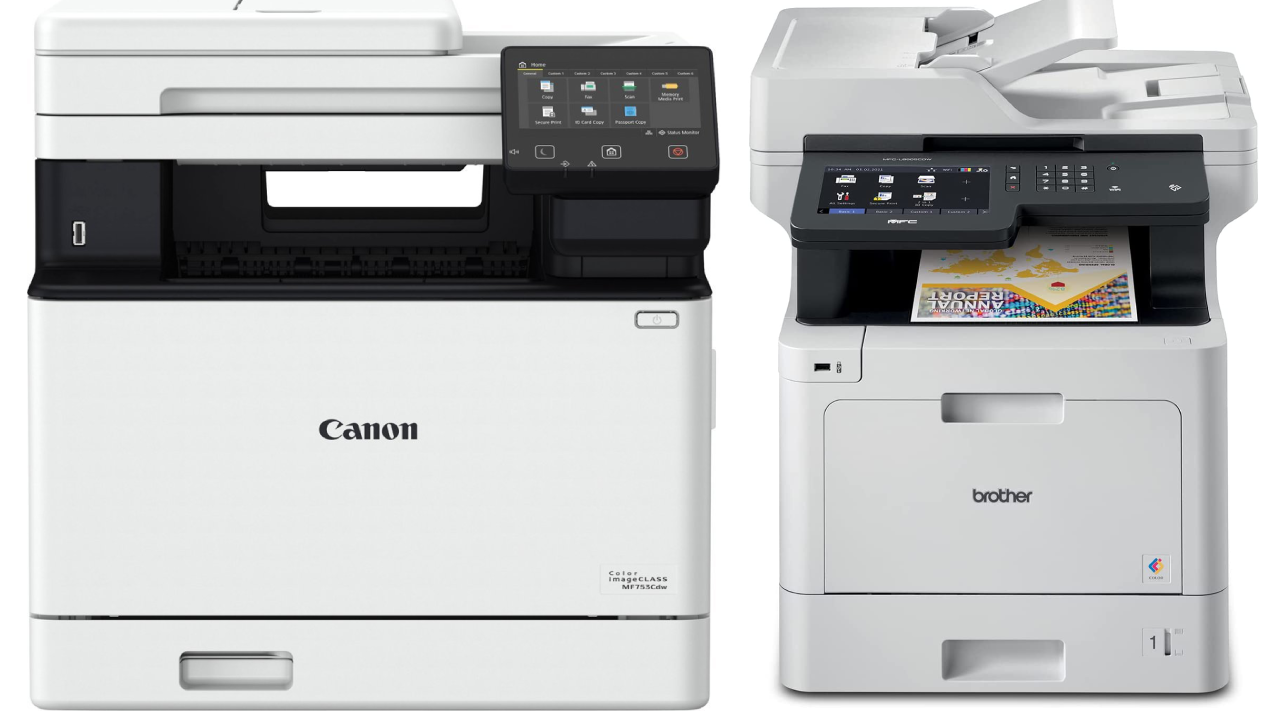
Precautions for printer maintenance
Printers are essential devices in homes, offices, and businesses, enabling the creation of hard copies of documents, photos, and other materials. However, like any piece of machinery, printers require regular maintenance to ensure optimal performance and longevity. Additionally, understanding basic troubleshooting techniques can help address common printer issues and minimize downtime.
Preventive Printer Maintenance
1. Clean the Printer Regularly:
- Dust, paper fibers, and ink residue can accumulate inside the printer, affecting print quality and causing mechanical issues.
- Use a soft, lint-free cloth to gently wipe the exterior surfaces of the printer, including the paper trays, control panel, and outer casing.
- Periodically clean the interior of the printer using compressed air to remove dust and debris from the paper path, rollers, and printhead.
2. Use High-Quality Paper and Supplies:
- Use paper that is compatible with your printer’s specifications to prevent paper jams, smudging, and other printing problems.
- Ensure that ink or toner cartridges are genuine and compatible with your printer model to maintain print quality and prevent damage to the printhead or imaging drum.
3. Properly Store Supplies:
- Store paper, ink cartridges, and toner cartridges in a cool, dry place away from direct sunlight and extreme temperatures.
- Keep supplies in their original packaging until they are ready to be used to prevent them from drying out or becoming damaged.
4. Perform Regular Print Head Maintenance (Inkjet Printers):
- Inkjet printers may require periodic maintenance to clean the printhead and prevent clogging.
- Follow the manufacturer’s instructions to run printhead cleaning cycles or use maintenance utilities provided with the printer types software.
5. Update Printer Firmware and Drivers:
- Check for firmware updates and driver updates regularly on the manufacturer’s website.
- Installing the latest firmware and drivers can improve printer performance, add new features, and resolve compatibility issues with your computer or operating system.

Common Printer Issues and Troubleshooting
1. Paper Jams:
- If the printer frequently experiences paper jams, check for obstructions in the paper path and remove any stuck paper carefully.
- Ensure that the paper is loaded correctly in the tray and that the paper guides are adjusted to fit the paper size.
2. Poor Print Quality:
- If prints are blurry, streaky, or faded, check the ink or toner levels and replace cartridges if necessary.
- Run a printhead alignment or calibration procedure to optimize print quality and color accuracy.
3. Connectivity Problems:
- If the printer is not responding or experiencing connectivity issues, check the cable connections between the printer and the computer.
- Verify that the printer is connected to the correct network and that Wi-Fi or Ethernet settings are configured correctly.
4. Printer Not Recognized:
- If the printer is not recognized by the computer, try reinstalling the printer drivers or updating the USB drivers.
- Ensure that the printer is powered on and properly connected to the computer via USB or network connection.
5. Ghosting or Double Printing (Laser Printers):
- If the printer produces faint or ghosted images, the toner cartridge or imaging drum may need to be replaced.
- Clean the printer’s interior and remove any residual toner or debris that may be affecting print quality.
When to Seek Professional Repair Services
1. Persistent Hardware Failures:
- If the printer continues to experience mechanical issues or hardware failures despite troubleshooting efforts, it may require professional repair.
- Avoid attempting complex repairs or disassembling the printer yourself, as this may void the warranty or cause further damage.
2. Error Messages or Warning Lights:
- Pay attention to error messages or warning lights on the printer’s control panel, as they may indicate underlying problems that require professional attention.
- Consult the printer’s manual or contact the manufacturer’s support for guidance on resolving specific error codes.
3. Out-of-Warranty Repairs:
- If the printer is no longer covered by warranty and requires repairs, consider seeking assistance from authorized service centers or qualified technicians.
- Request cost estimates for repairs before authorizing any work to ensure transparency and avoid unexpected expenses.
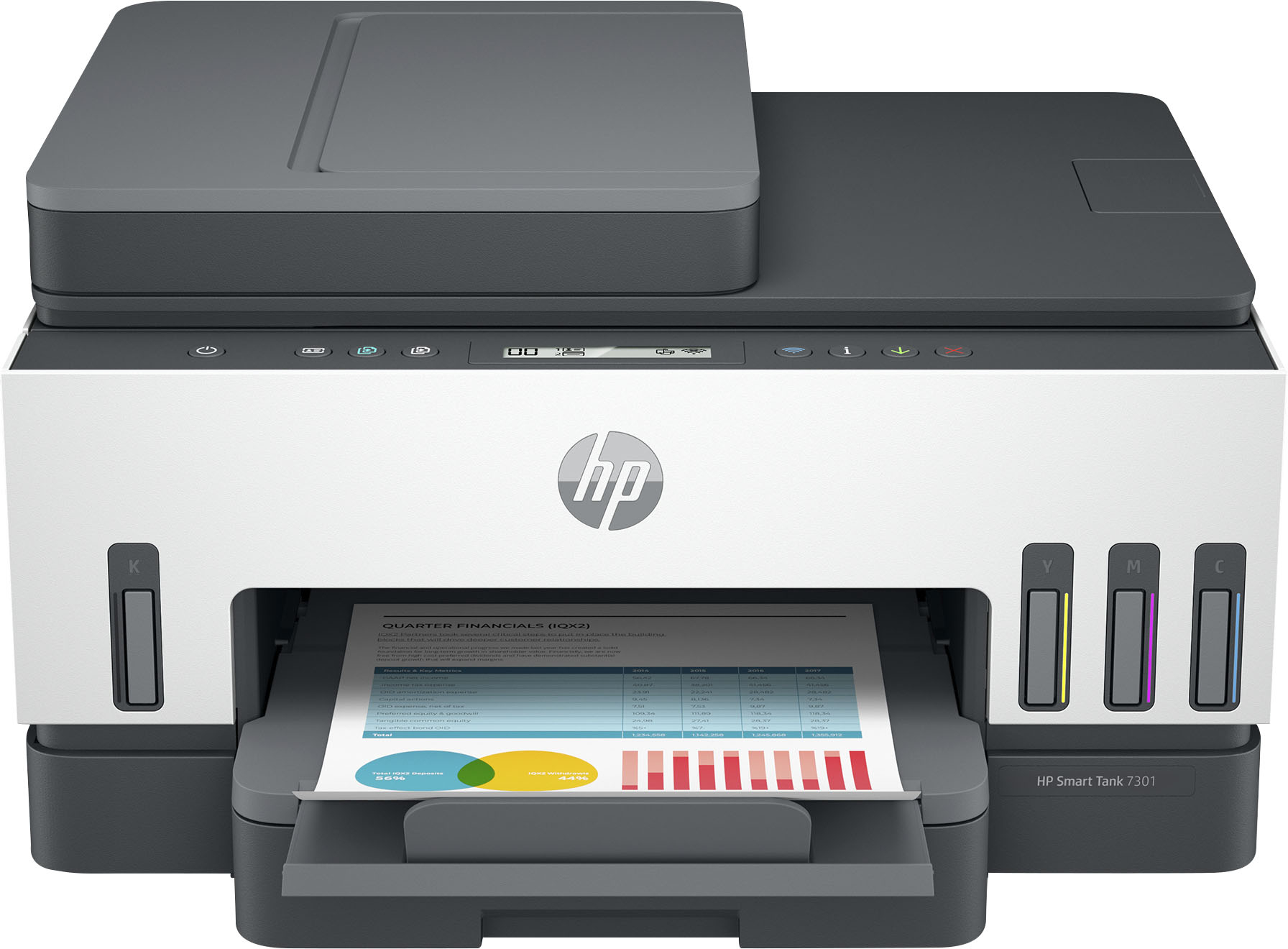
By following these troubleshooting steps, you can identify and resolve the issue causing your printer to print blank pages. If the problem persists after trying these steps, contacting the manufacturer’s support team may be necessary for further assistance.




